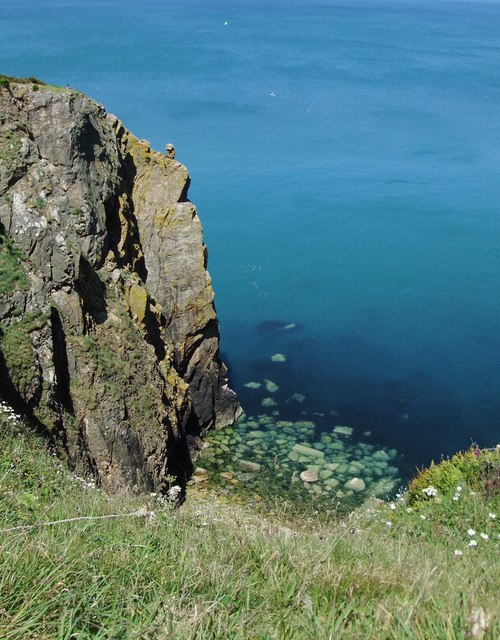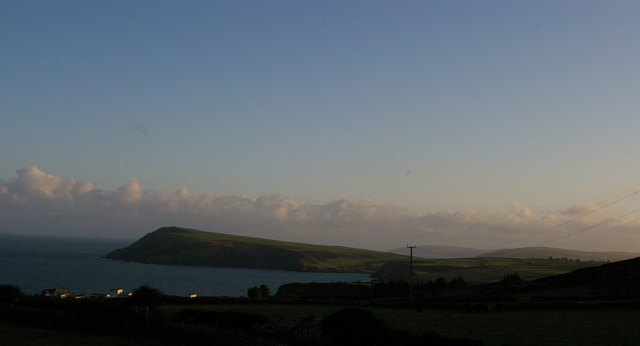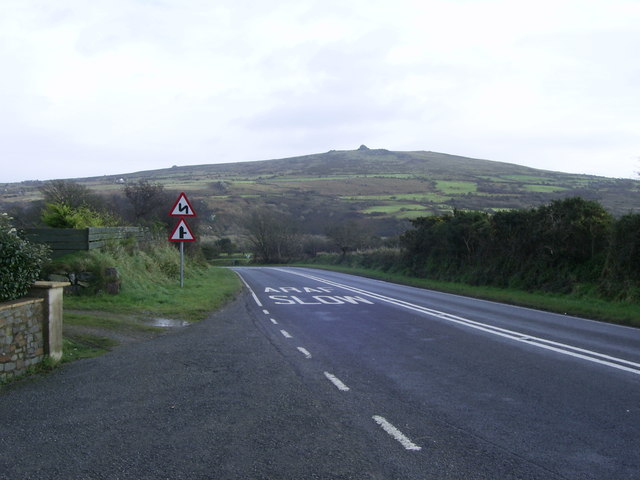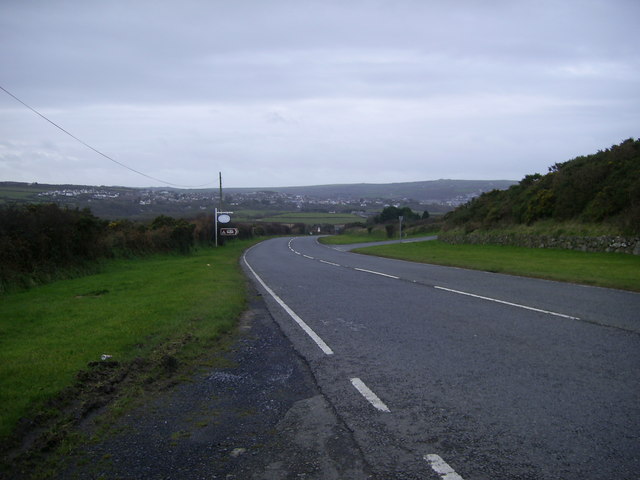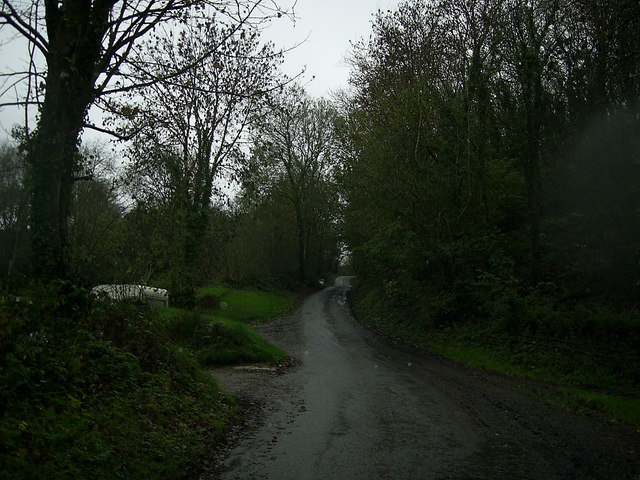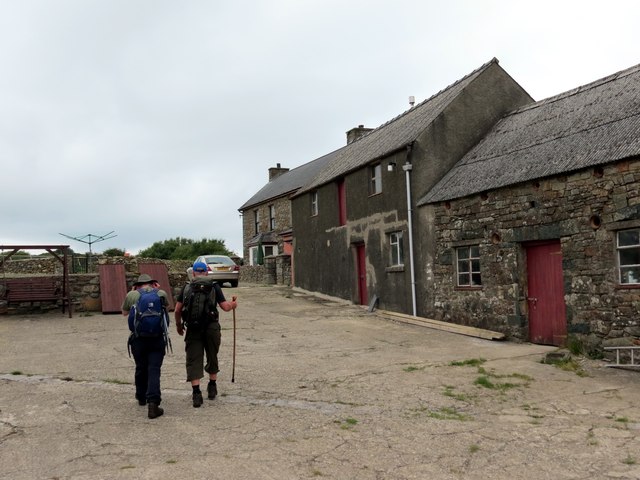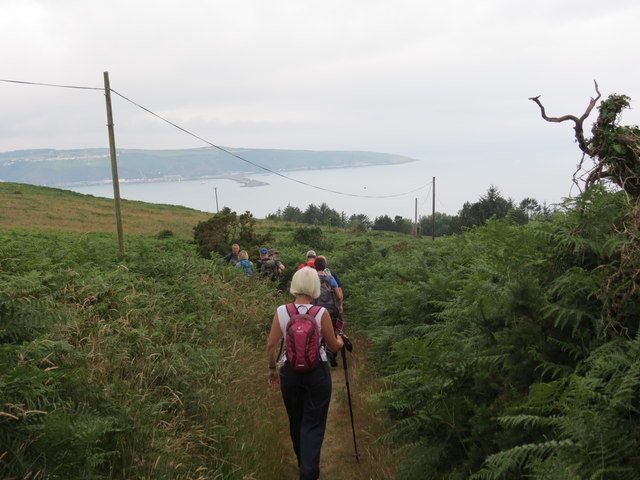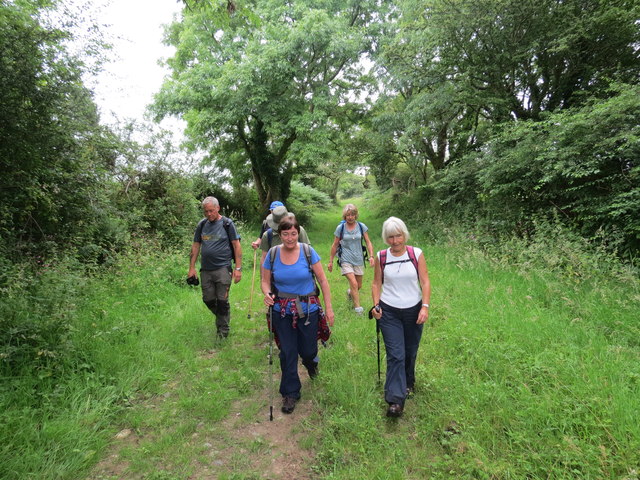Penrhyn Ychen
Coastal Feature, Headland, Point in Pembrokeshire
Wales
Penrhyn Ychen
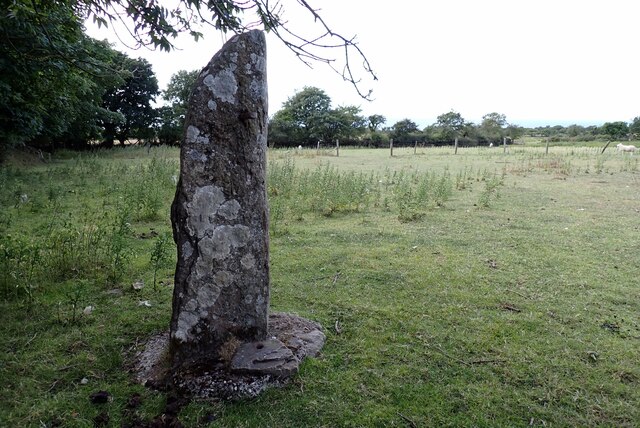
Penrhyn Ychen is a prominent headland located in Pembrokeshire, Wales. Situated on the western coast of the county, it juts out into the Celtic Sea, offering breathtaking views of the surrounding coastal landscape. Known for its rugged cliffs and dramatic rock formations, Penrhyn Ychen is a popular destination for nature enthusiasts and hikers seeking a challenging coastal trail.
The headland is characterized by its towering cliffs, reaching heights of up to 100 meters (330 feet) in some areas. These cliffs are composed of sedimentary rocks, such as sandstone and shale, which have been shaped over centuries by the relentless force of the ocean waves. The resulting jagged and weathered formations create a striking visual spectacle.
The point is also home to a diverse array of wildlife, both on land and in the sea. Seabirds such as gannets, puffins, and razorbills can be seen nesting on the cliffs, while seals and dolphins are often spotted swimming in the waters below. The surrounding coastal waters are rich in marine life, making it a popular spot for fishing and diving.
Visitors to Penrhyn Ychen can explore the headland by following the coastal path that winds its way along the cliff tops. This trail offers stunning panoramic views of the sea and surrounding countryside, as well as the opportunity to discover hidden coves and pristine beaches. With its rugged beauty and abundant wildlife, Penrhyn Ychen is a must-visit destination for nature lovers and outdoor enthusiasts alike.
If you have any feedback on the listing, please let us know in the comments section below.
Penrhyn Ychen Images
Images are sourced within 2km of 52.007634/-4.9404231 or Grid Reference SM9838. Thanks to Geograph Open Source API. All images are credited.
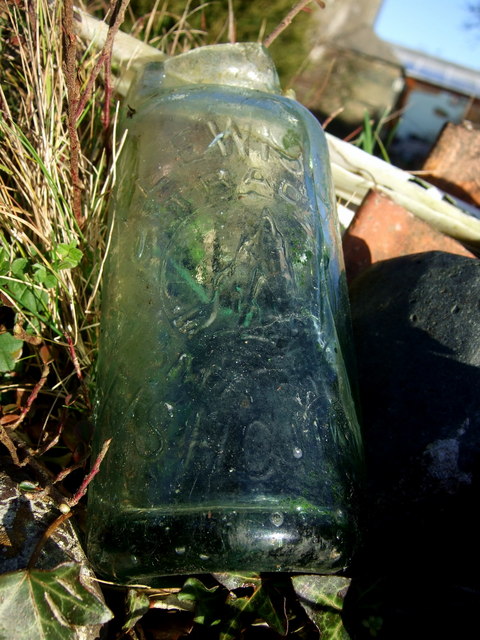
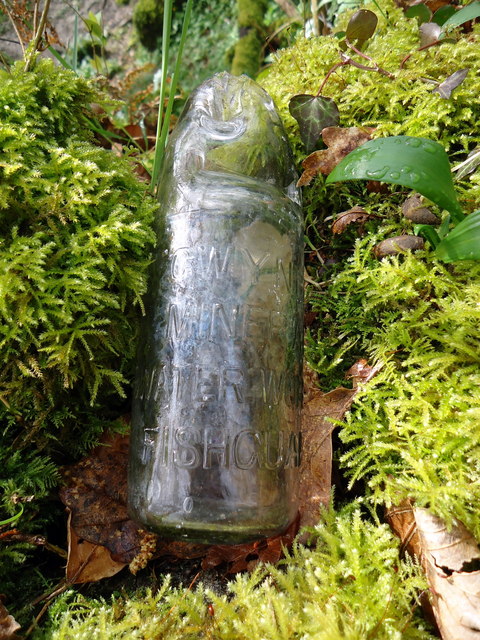
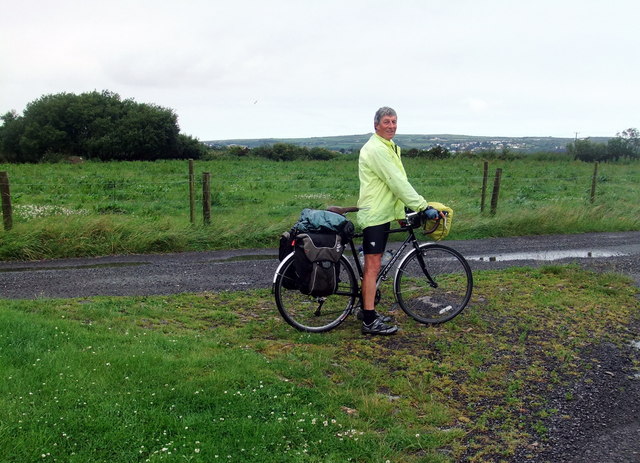
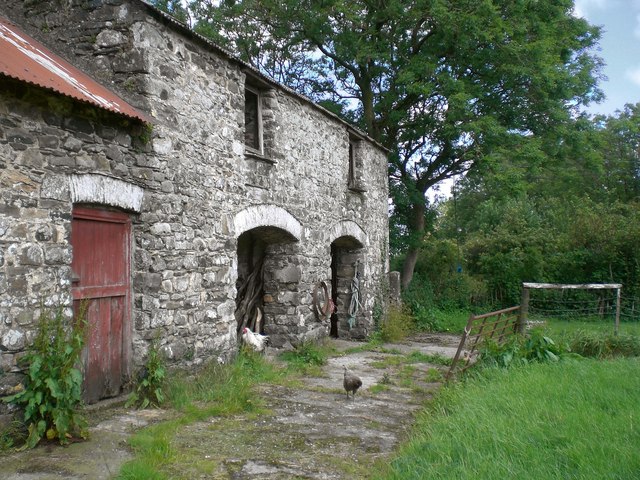
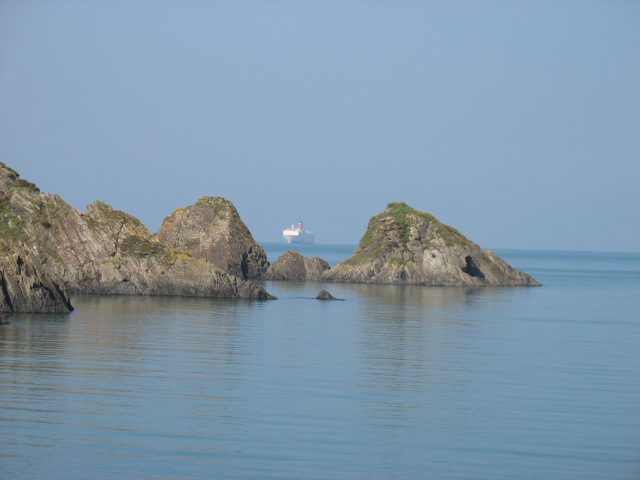

Penrhyn Ychen is located at Grid Ref: SM9838 (Lat: 52.007634, Lng: -4.9404231)
Unitary Authority: Pembrokeshire
Police Authority: Dyfed Powys
What 3 Words
///dreading.twisty.flat. Near Fishguard, Pembrokeshire
Nearby Locations
Related Wikis
Fishguard Bay
Fishguard Bay (Welsh: Bae Abergwaun) is a bay on the north Pembrokeshire coast, Wales. Much of the bay's coastline is within the Pembrokeshire Coast National...
Dinas Cross
Dinas Cross (Welsh: Dinas) is both a village, a community and a former parish in Pembrokeshire, Wales. Located between Fishguard and Newport in the Pembrokeshire...
River Gwaun
The River Gwaun (Welsh: Afon Gwaun, "Gwaun" meaning 'marsh, moor') is a river in Pembrokeshire, West Wales, which flows west to the sea at Fishguard (Welsh...
Pwllgwaelod
Pwllgwaelod (originally Y Pwll Gwaelod, Welsh for The Bottom Cove/Creek) is a small scattered hamlet centred on a bay on the south-western side of the...
Nearby Amenities
Located within 500m of 52.007634,-4.9404231Have you been to Penrhyn Ychen?
Leave your review of Penrhyn Ychen below (or comments, questions and feedback).
